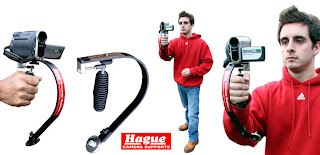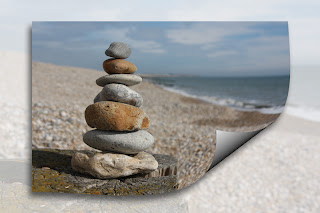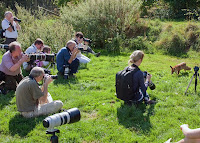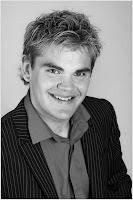As your passion for photography grows, so does your desire for more and better equipment. For me it’s not the cameras themselves, but lenses that really set my pulse racing.
My thinking goes something like this. A digital SLR camera body is an amazing machine capable to recording stunning images, but all that technology counts for nothing if you’re using cheap, rubbish lenses. Poor quality glass = poor quality pictures.
Last week I realised I was going to need a Canon 100-400L to get the most of a photo day I’d booked at The British Wildlife Centre in Surrey (more about that later in the week). So I faced three choices
1. Spend £1300 on a lens I’d rarely use after the photo day.
2. Spend £500 on a lower quality lens and moan about its performance.
3. Rent the lens of my dreams.
I’ve always assumed that renting would be expensive and complex, but an advert in the back of Digital Photo magazine caught my eye.
The advert was from a company called Lenses for Hire
http://www.lensesforhire.co.uk/ and they promised a simple low cost rental without the need of a big deposit. That sounded exactly what I was looking for and after a few minutes of online form filling, I had arranged the rental of a Canon 100-400L for a cost of £70.00 (3 days rental and return P&P)
So here’s what I received.
The lens arrived by courier and was securely packed in a black rigid case with a combination lock, the code being sent by email. Inside the rigid case is a return address label and a brief instruction manual for the lens.
The lens itself came complete with lens hood (not shown), lens and body cap, plus a Hoya pro UV filter. On the outside the lens looks almost new with only a few signs of use. The glass was spotlessly clean. In fact, my rented lens looked pretty new.
Of course how a lens looks on the outside counts for nothing if the glass and electronics are damaged on the inside. But once again, this lens really delivered the goods. Have a look at these images to see what I mean.
So the big questions.
Would I rent again? 100% yes. The experience has taught me that I can get my hands on pro gear without the expense of ownership.
Would I recommend lensesforyou.co.uk? If you’re in the UK and looking to rent a lens, these guys are great. They provided a quick and efficient online rental service and when I hit a delivery snag, they were at the end of the phone to sort things out.
Will I be buying my own 100-400L? Probably not. It’s a great lens but I wouldn’t get the use from it. Besides I’ve got my eyes on a 70-200 L.















.jpg)
.jpg)
.jpg)
.jpg)
.jpg)
.jpg)
